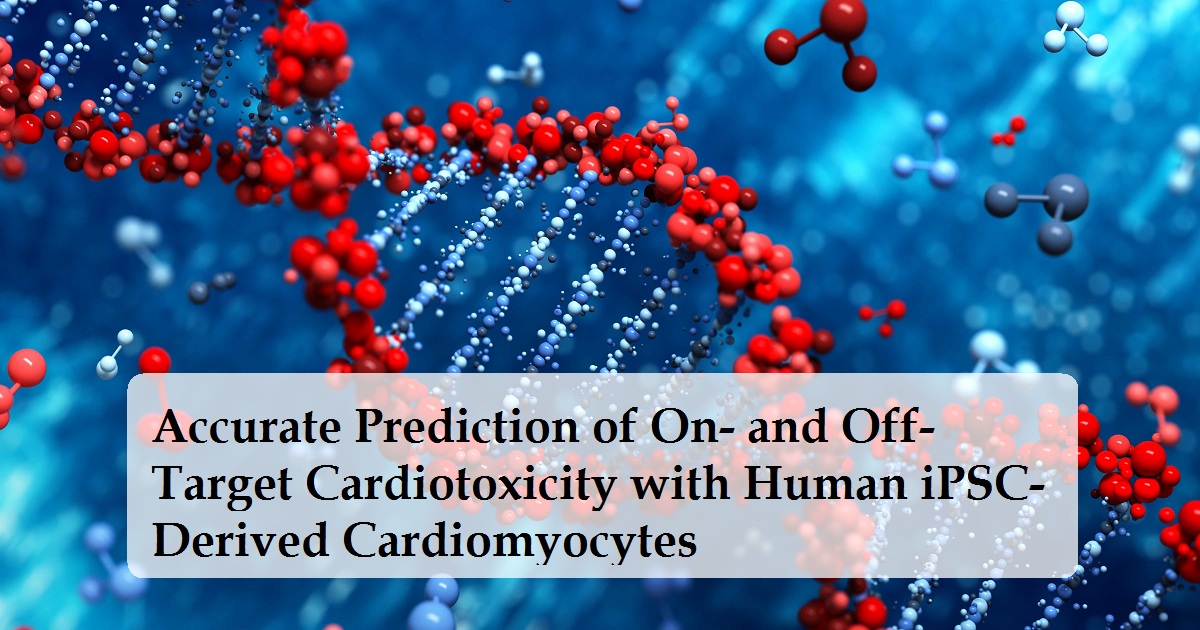
In this presentation we will breakdown the fundamental motions and biomechanics of the shoulder. After discussing the biomechanics of the shoulder, we will explore epidemiology research regarding the risk of shoulder injuries.
Watch Now

Several recent high-profile examples have been published highlighting the utility of high-resolution competition-based epitope binning in the rapid characterization of diverse monoclonal antibody panels.
Watch Now

genengnews
When assessing a potential biological therapeutic candidate, several histopathological technologies are typically employed. This ensures the target expression is validated in both normal and diseased tissues before proceeding with pre-clinical studies. Protein B is a transmembrane glycoprotein that is overexpressed in numerous cancers, including triple-negative breast cancer and is often correlated with the metastatic phenotype. In this GEN webinar, we will discuss the process involved in a typical molecular pathology laboratory. Control cell lines and the RNAScope® Assay were utilized to validate the immunohistochemistry protocol.
Watch Now

genengnews
Latent cardiovascular toxicity issues continue to plague late-stage drug discovery efforts, as well as commercially launched pharmaceutical success. Many current in vitro models lack, or incompletely recapitulate, important aspects of human cardiac biology, thus allowing certain toxicities to escape detection until the non-human primate and clinical trial stages of drug development. Induced pluripotent stem cell (iPSC) technology brings relevant human biology to the laboratory and with it, great promise for early predictive detection of cardiotoxicity.
Watch Now